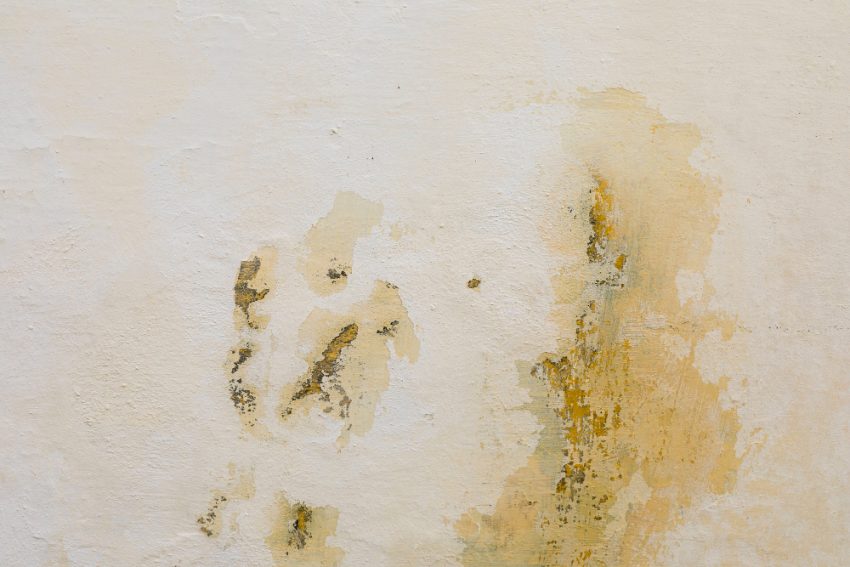Lime render, like lime plaster, is a durable, breathable, and aesthetically pleasing material with a storied history. When it comes to lime render application, you need to be precise and methodical. Here is a step-by-step guide on how to apply lime render.
Preparation:
- Surface Inspection
First, take a look at the surface you’re going to render. Make sure it’s dust-free, grease-free, and free of debris. Check for cracks and damage.
- Hydration
Soak the lime for a few days in clean water. This process, called slaking, keeps the lime hydrated, making it easier to work with and stronger.
Materials and Mix
- Lime
Choose high-quality, rendering-ready hydraulic lime and mix it with high-quality sand in a project-specific ratio. Try different ratios until you find the perfect combination for your project.
- Fibers and Additives
Additives such as hemp or jute fibres can also be used to increase the strength and flexibility of the product, especially for outdoor applications.
Application
- Base coat Application
First, use a trowel to apply a base coat or scratch coat to the prepared surface. Work evenly across the surface. Scatter the base coat to enhance adhesion for the subsequent layers.
- Second Coat
Once the scratch coat has set but is still slightly wet, apply a second layer called the floating coat. The floating coat will be smoother and help you achieve the finish you want. Keep the surface moist between coats to avoid drying out too quickly.
- Troweling Techniques
Various circular and figure-eight trowels are used to create a smooth surface. Maintain a slightly moist trowel for better manoeuvrability.
- Multiple Layers
You may need a few thin layers to achieve a flawless finish. Each layer will need to be partially set before the next one is applied to create a cohesive structure.
Finishing Touches
- Curing and Protection
Once rendering is finished, keep the surface protected from direct sunlight and extreme weather conditions. Allow the lime render to soak for at least 7 days to help with curing.
- Optional Finishes
Lime render can be used for a variety of finishes. Try different ways to finish, such as using a sponge finish or adding a thin lime wash for texture and eye appeal.
Maintenance
- Regular Inspection
Examine the lime render for wear, cracks, and damage on a regular basis. Identify and address any problems as soon as possible to avoid further damage.
- Reapplication
Depending on environmental conditions and wear and tear, you may want to reapply lime render on a regular basis to keep it looking and feeling its best.
Conclusion
If you’re new to lime rendering or lime plaster, you may think it’s a complicated process. But it’s not. While it can be time-consuming and labour-intensive, it is worth the sweat. Once you master the art of lime rendering, you can apply it on a surface that’ll last, breathe, and look great for years to come.

